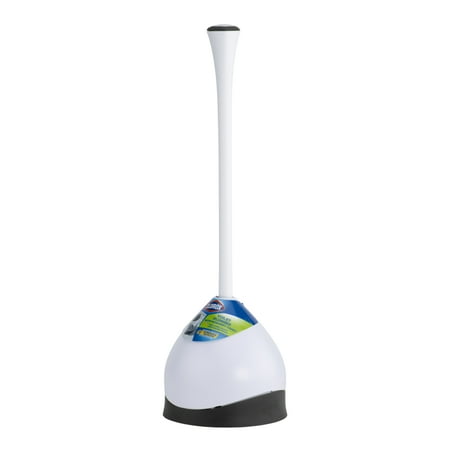11 essential DIY skills every homeowner should know – according to expert contractors
These key DIY skills could save you from a hefty reno bill


Whether you have a creative mind, a passion for interior design, or want to keep your home in good condition, you have to put some DIY work in.
Although DIY projects can at first seem overwhelming, mastering essential skills will save you time and money in the long term, while simultaneously empowering you to maintain and improve your home with confidence. From patching cracks in drywall to minor electrical and plumbing repairs, there is little the average homeowner cannot do themselves.
Here, expert contractors reveal the 11 essential DIY skills every homeowner should know, from DIY projects that will elevate your home to basic home maintenance tasks.
Essential DIY skills every homeowner should know
Making sure your home toolbox has all the essential DIY tools every homeowner should have will make learning and practicing these essential DIY skills far easier.
1. Changing air filters

According to Geoff Walker, superintendent, and expert contractor at ASAP Restoration, knowing how to clean your HVAC system and change air filters is one of the most basic but most important DIY skills for homeowners:
‘Changing out your air filters on the HVAC system can help to cut energy bills, but it can also help to prevent making a call to a contractor for help too,’ he explains. Most of the time, a broken-down HVAC system can trace the problem back to a clogged filter that could have easily been replaced.’
How you change air filters will change depending on the make and model of your HVAC system. For detailed instructions, check your unit’s manufacturer's manual.
2. Caulking
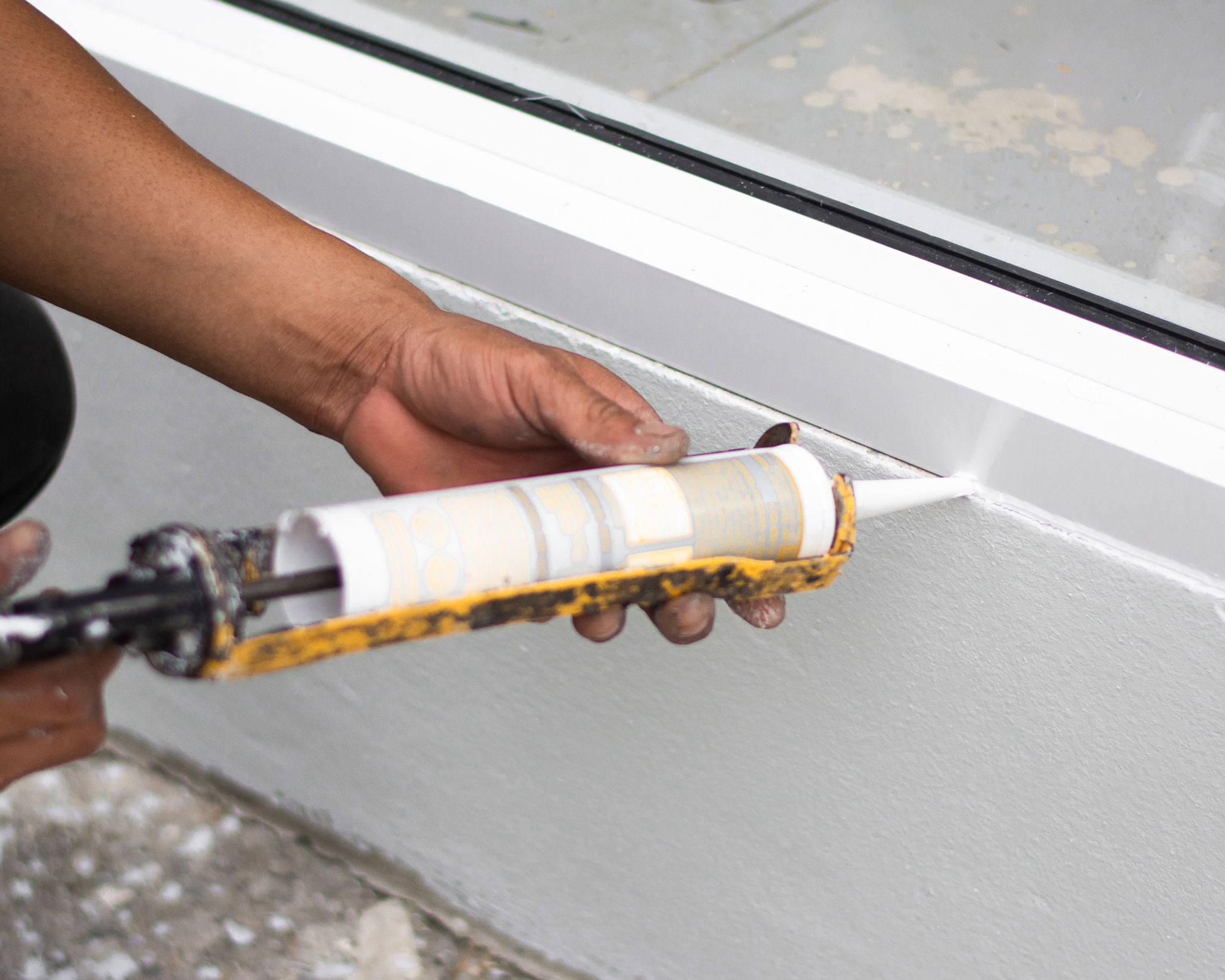
From knowing how to caulk a bathtub, to sealing gaps in windows and doors, learning how to caulk correctly is an invaluable DIY skill for any homeowner, says Niki O’Brien, operations manager at Custom Exteriors. With practice, this skill will help to keep your home warm and prevent water leaks and damage to your property, as well as keeping pests out.
‘This task is fairly simple,’ she assures. ‘Remove old silicone caulk and replace it with new, using the instructions on the caulking gun to ensure it is applied correctly and sets evenly.’
Typically, when caulking, you want to hold the caulking gun at a 45-degree angle and apply steady pressure to the trigger as you move the nozzle along the gap you need sealing.
The trick is to apply the caulk in one steady, continuous bead (i.e. not stopping and starting during application) to avoid gaps or uneven lumps. Then, wet your finger and smooth over the applied caulk, pressing it flat into place with gentle pressure.
If you don't want to use your finger or have sensitive skin, use a caulking tool such as the King&Charles Silicone Caulking Tool from Amazon, which has a comfortable grip and is Amazon's choice, meaning lots of customers buy it, it isn't returned often and is available).
Allow it to dry by minimizing humidity and moisture in the space, and do not get wet for at least 24 hours (some manufacturer's guidelines vary so check the time frame).
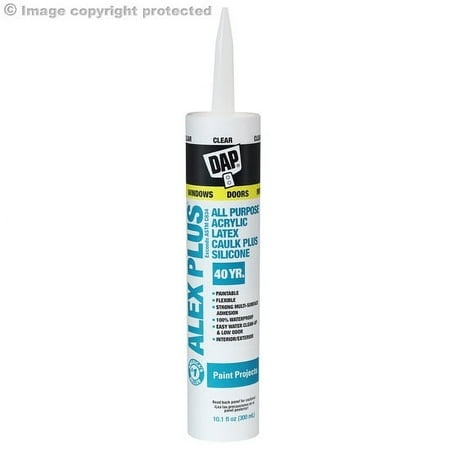
This all-purpose caulk for sealing a wide variety of interior and exterior surfaces. It contains silicone additives for greater flexibility and adhesion and shrinks less for a durable, waterproof seal.
3. Flipping breaker switches
Brandon Walker, superintendent at ASAP Restoration says, ‘Many times clients call us up for help with their home projects, including appliances and light fixtures that no longer work. Many times the reason that these items don’t work is because the fuse has been blown and the homeowner didn’t know how to flip it back.
‘Simply knowing how to flip the fuse breaker switch can save homeowners the time they spend sitting in the dark, and it can save restorers from coming to a home without a real problem to fix.’
It is important to note the difference between a flipped breaker switch and a blown breaker fuse. A blown breaker fuse will not restore power when the switch is flipped again. This requires the original fuse to be removed and replaced – this can be DIY-ed if you have very good electrical knowledge, but it is far safer for the average homeowner to call in an expert who can safely open the breaker box and swap out the fuse itself.
4. Unclogging drains
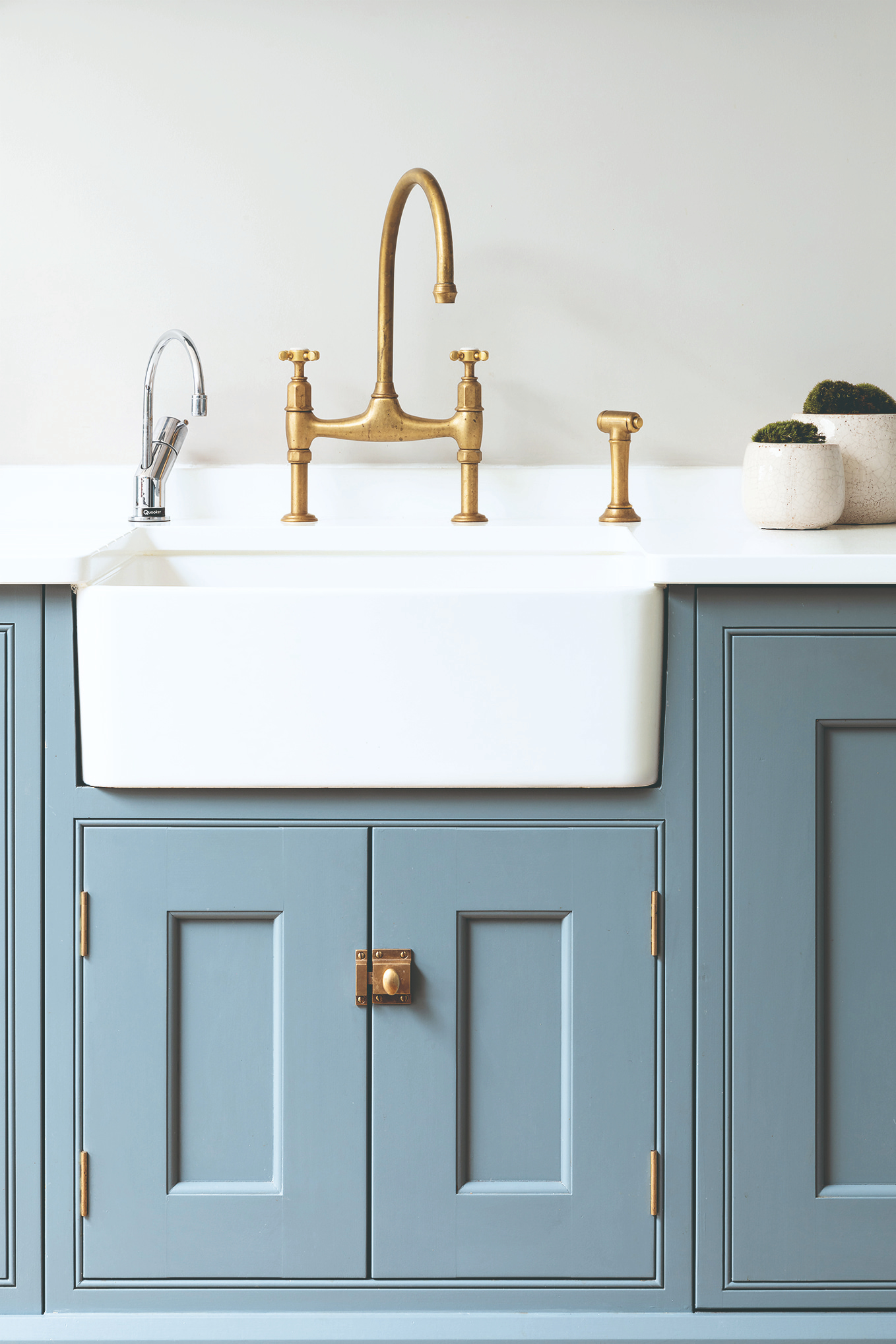
Being able to manage minor plumbing problems such as unclogging a bathroom drain, sink, or dishwasher are more essential DIY skill homeowners (and their wallets) would benefit from, suggests Andriy Boyko, seasoned handyman and masonry expert at A.O. Handy Inc.
‘Plumbing problems can lead to water damage, mold growth, and increased utility bills. Knowing how to fix basic issues can save you from costly repairs,’ he explains.
‘While these skills are essential, it's important to know your limits,’ Andriy adds. ‘For larger or more complex projects, it's always best to consult with a professional.’
There are manual tools such as plungers and drain snakes, or chemical options that will break down the blockage (often hair and soap scum) over the course of an hour or overnight.
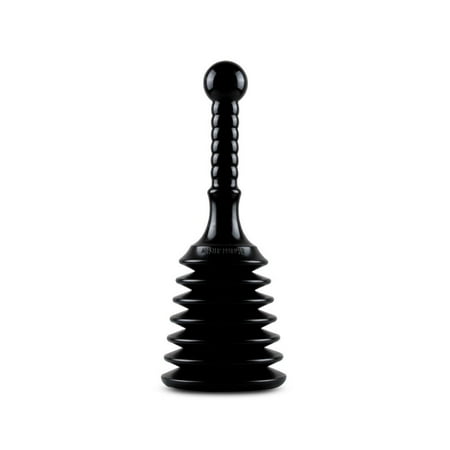
This short plunger is ideal for sinks, showers, and floor drains around the home with a comfortable ribbed handle for grip, and compressible plunger head for effective clearing of blockages.
5. Operating the water main

Knowing how to operate a water main is not necessarily a DIY skill so to speak, but it is essential knowledge for any homeowner Josh Rudin, owner of ASAP Restoration urges.
‘If your home does spring a leak of some sort, be it a toilet overflow or a sink pipe failure, knowing how to turn off the water supply at the main line is a critical skill. Typically this is either on the street or directly outside of the home.
‘It usually amounts to a simple lever that needs to be flipped in order to prevent catastrophic flooding. Knowing where this is, how to operate, and what to do if a pipe bursts can save homeowners a lot of time, money, and frustration too.’
6. Cleaning gutters and inspecting roofs

While working at heights is not for everyone, for those physically capable it is a good idea to brush up on inspecting your roof and cleaning your gutters to prevent gutters from clogging and causing water damage to your home, says Daniel Kepreotes, founder and managing director at ADKO Trade Services:
‘Cleaning gutters is part of owning a home but a DIY job that many neglect. Putting off cleaning out your gutters can lead to costly leaks and overflows which can then damage your exterior and cause costly damage to your roof.
‘While you are up there, roof inspections are essential in spring and fall,’ he adds. ‘By learning how to inspect your roof for damage, you’ll be able to do minor repairs before they turn into huge issues. It’s something I always recommend to clients, as a simple check can save them literally thousands.'
Do take steps to stay safe whilst cleaning at height including using a steady and sturdy ladder (the Werner 20ft aluminum ladder from The Home Depot is highly rated by customers and comes with slip-resistant rungs), sensible footwear that won't slide off, and if possible, a second person to spot you.
7. Basic yard maintenance
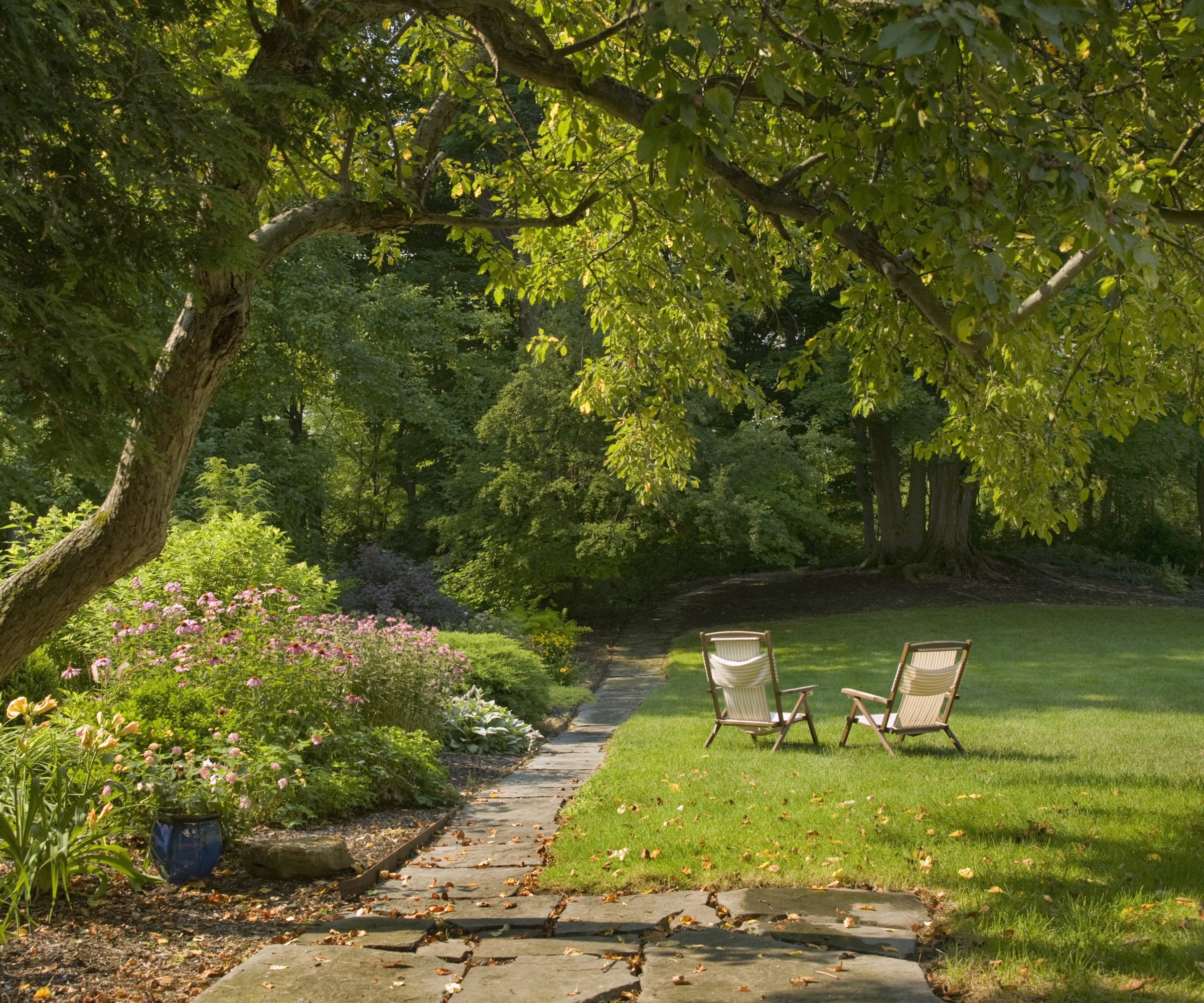
Many of us leave our yard maintenance at basic lawn care tasks and raking leaves in fall. However, if you want to avoid damage to your yard, home and neighbors' properties, it pays to learn how to maintain larger shrubs and trees, suggests Daniel Kepreotes, expert contractor.
‘Overgrown trees with branches hanging across your roof are a serious hazard,' he explains. 'Not only can the leaves clog up your gutters, but they can cause mold and in the worst case pierce your roof during a storm."
Many homeowners will be able to keep on top of trimming branches on smaller trees and cutting back hedges before it gets out of hand as part of regular fall tree care, however larger, older trees should be left for professional tree surgeons – especially where large or heavy branches sit over a property. Investing in the best low-maintenance trees will make this task easier in the long term.
8. Repairing drywall
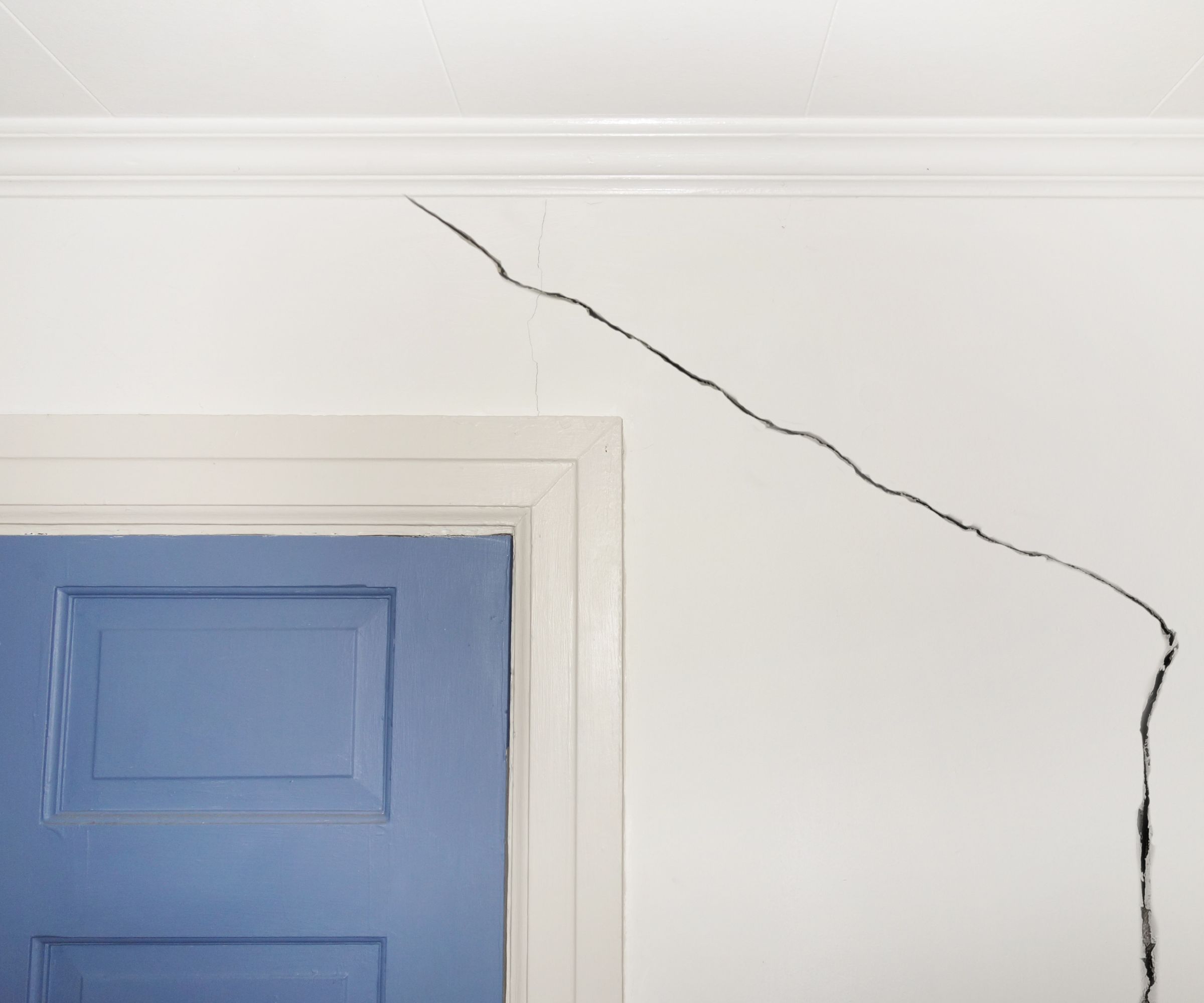
Cracks appearing in drywall can seem scary, but it is often a result of a home settling (unless the cracks are large and sudden, in which case it is best to consult an expert). For smaller hairline cracks in walls and patching a drywall ceiling, however, it is often simple to repair – and a task every homeowner should get comfortable with Andriy Boyko, seasoned handyman, recommends:
‘Small holes and cracks in drywall are common, and knowing how to repair them can prevent further damage and maintain a clean, finished look. Timely repairs prevent small problems from becoming larger, more expensive issues,’ he explains.
9. Painting and refinishing

Painting a wall is one of the easiest DIY skills on this list and is one that every homeowner should master, believes Andriy Boyko, seasoned handyman.
‘A fresh coat of paint can transform a room,’ he says. ‘Knowing how to prepare walls for painting, picking the right paint for the job, and applying it correctly can save you money at home and give your home a new look.
10. Basic electrical repairs

From working out why your light is flickering to choosing the right electrical wall switches, having a basic knowledge of electrical repairs is a must for the handy homeowner, says Chris Stevenson, seasoned contractor and roofer at 730 Southern Exteriors. ‘Having the ability to perform basic electrical repairs is important for safety, convenience, and cost-effectiveness,’ he explains.
‘For changing light bulbs, turn off the power to the fixture, remove the old bulb, and replace it with a new one of the correct wattage and type.
‘To replace light switches or outlets, turn off the circuit breaker for the switch or outlet, remove the cover plate, unscrew the old switch or outlet, and carefully disconnect the wires. Then, connect the wires to the new switch or outlet, secure it, and replace the cover plate.
‘If a circuit breaker trips, locate your breaker box, find the tripped breaker, and reset it by switching it off and then back on.'
11. Repairing masonry

Just as you need to repair cracks inside your home, it is vital to know how to spot and repair cracks on the exterior of your home.
Tyler James Hull, the professional home exterior contractor with Modern Exterior, says: ‘These tiny cracks are able to let moisture sneak into the exterior of your home, which can have big consequences down the line, like mold growth or structural damage.
‘Primer can also be used to seal away past sources of moisture while sealing the surface yourself using a good paint is another option. You can inspect your siding and masonry for cracks periodically and use appropriate filler materials to repair them promptly.
‘For masonry, a proper mortar mix could work, but it is important to match the repair material with the type of siding to get a good finish.’
Keeping on top of external cracks and gaps will also keep pests out of your home by blocking one of the essential ways bugs get inside your house.
By becoming familiar with these home DIY basics, and repairing things instead of replacing them wherever possible, you will be able to enhance your home’s functionality while also becoming more independent, lessening your reliance on professional call outs and being more sustainable at home.
Next, learn how to finish your DIY projects if you're running out of steam.
Sign up to the Homes & Gardens newsletter
Design expertise in your inbox – from inspiring decorating ideas and beautiful celebrity homes to practical gardening advice and shopping round-ups.

Chiana has been at Homes & Gardens for two years and is our resident 'queen' of non-toxic living. She spends most of her time producing content for the Solved section of the website, helping readers get the most out of their homes through clever decluttering, cleaning, and tidying tips. She was named one of Fixr's top home improvement journalists in 2024.
-
 Plants never to grow next to fruit trees
Plants never to grow next to fruit treesExpert advice on which plants to keep away from fruit trees to encourage a healthy harvest
By Jacky Parker Published
-
 Martha Stewart's tips for arranging daffodils are unbelievably simple and effective – it's the only flower advice you need this springtime
Martha Stewart's tips for arranging daffodils are unbelievably simple and effective – it's the only flower advice you need this springtimeMartha shows us that we can create gorgeous bouquets of this seasonal flower by simply trimming the stems and placing them in specific vases
By Hannah Ziegler Published
-
 5 beautiful and impactful home improvement projects you can DIY this weekend for under $200 – you don't have to spend big to make a statement
5 beautiful and impactful home improvement projects you can DIY this weekend for under $200 – you don't have to spend big to make a statementFrom painting your fireplace to redecorating your door, little changes can transform and refresh your space
By Ottilie Blackhall Published
-
 How to paint over stained wood – 6 simple steps expert painters swear by for even, lasting finishes
How to paint over stained wood – 6 simple steps expert painters swear by for even, lasting finishesSkipping even one step will result in chipping paint, experts warn
By Natasha Brinsmead Published
-
 Can you put wallpaper on textured walls? Experts reveal it is indeed possible with this vital step
Can you put wallpaper on textured walls? Experts reveal it is indeed possible with this vital stepPrep, prep and prep some more for wallpapering success
By Sophie Warren-Smith Published
-
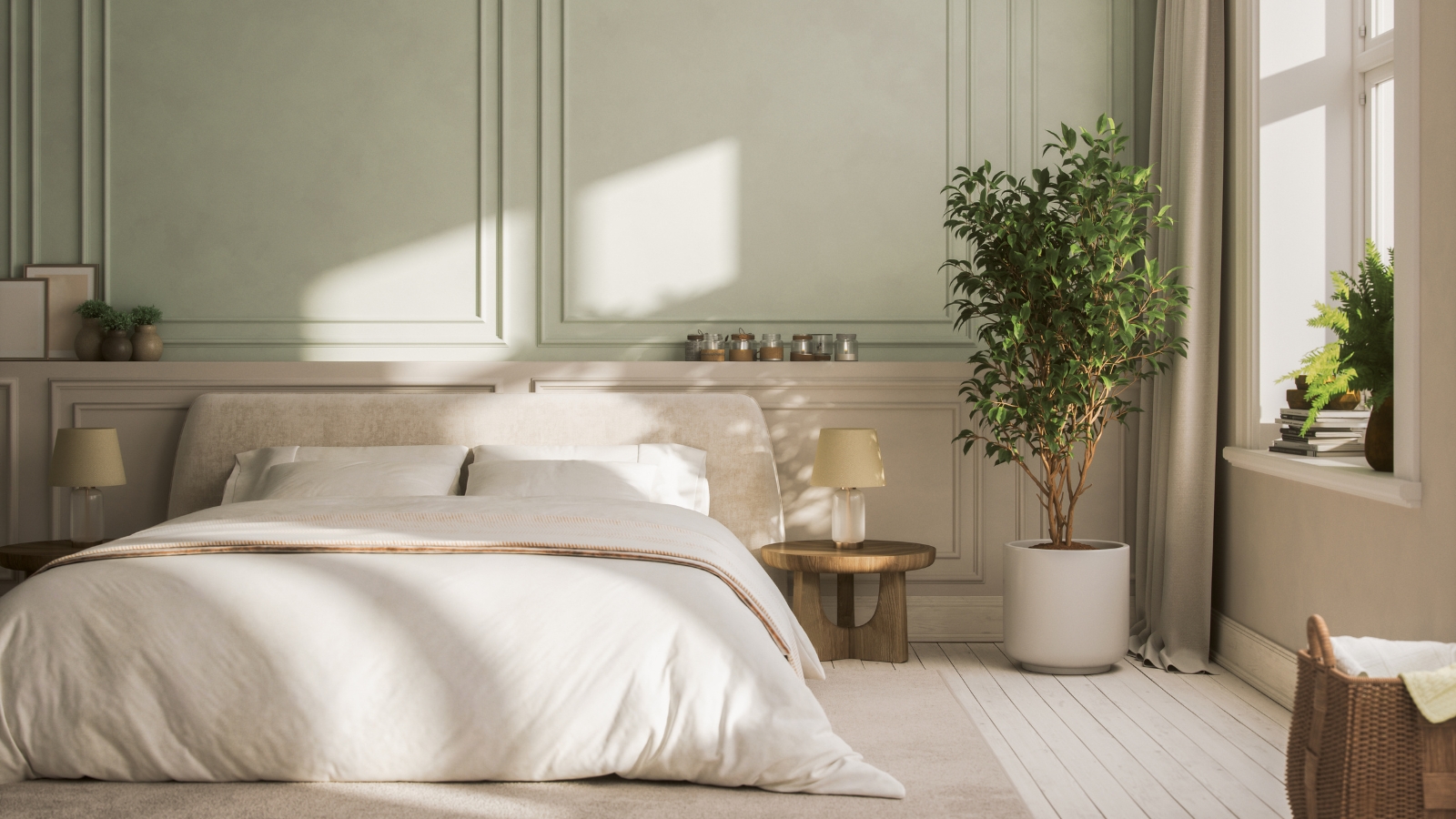 8 helpful ways to re-purpose old pillows – from making handy garden kneelers and draft excluders, to cozy pet beds
8 helpful ways to re-purpose old pillows – from making handy garden kneelers and draft excluders, to cozy pet bedsSustainability experts say these bulky items don't have to go to waste
By Sophie Warren-Smith Published
-
 7 practical things you can do with leftover paint around your home including protecting outdoor furniture, tinting cement and creating touch-up kits
7 practical things you can do with leftover paint around your home including protecting outdoor furniture, tinting cement and creating touch-up kitsPro tips to make the most of those extra supplies
By Andy van Terheyden Published
-
 Construction pros reveal the 6 mistakes to avoid when hanging drywall for perfect walls and ceilings
Construction pros reveal the 6 mistakes to avoid when hanging drywall for perfect walls and ceilingsThey see these all the time
By Natasha Brinsmead Published
-
 Why is my wall paint bubbling? Decorators reveal why it happens and how you can fix it
Why is my wall paint bubbling? Decorators reveal why it happens and how you can fix itBubbles look unsightly and might indicate a more serious problem
By Ottilie Blackhall Published
-
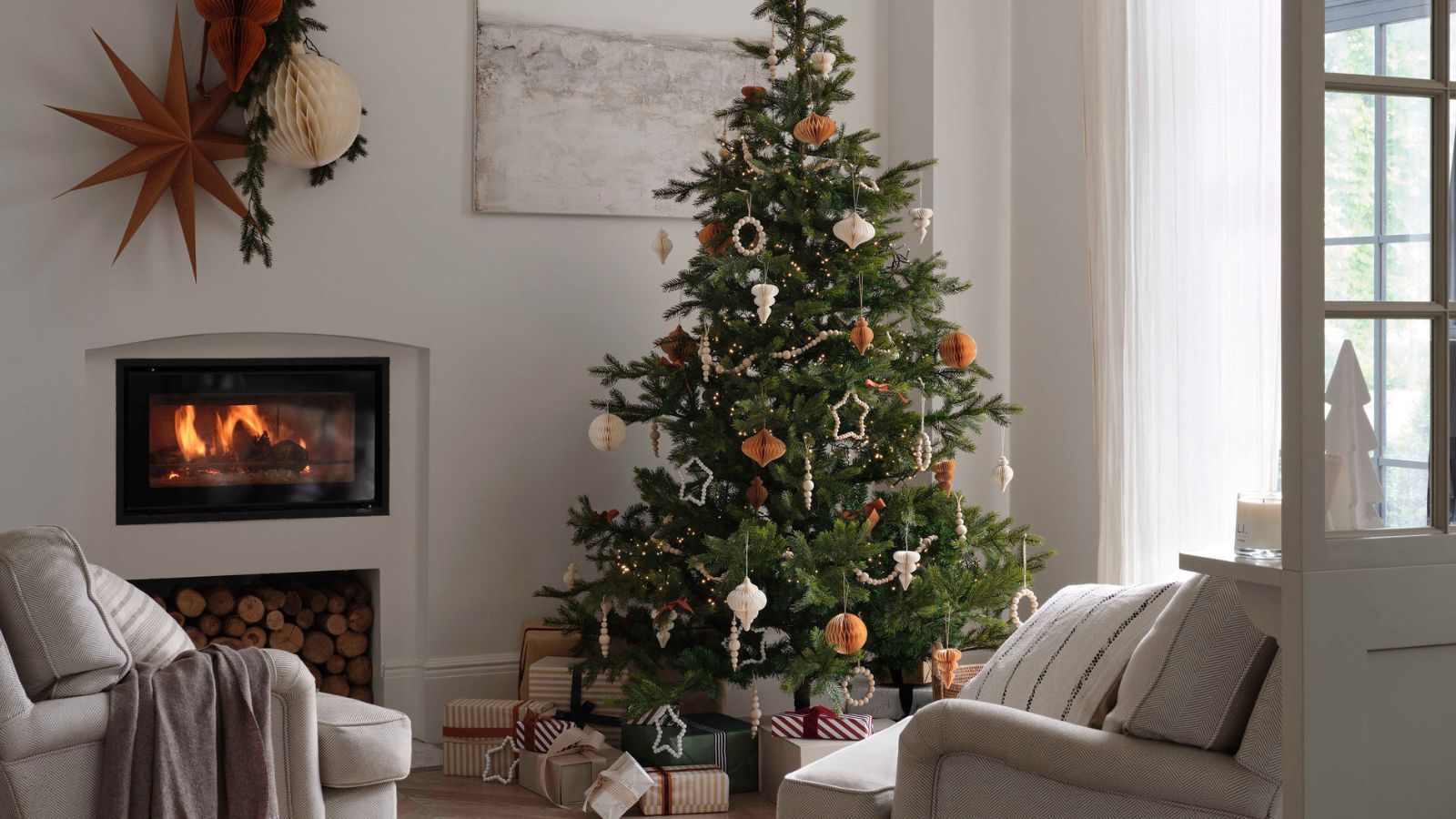 Christmas decorating stalled by missing tools and essentials? These 6 festive DIY job must-haves will get your delayed tasks back on track
Christmas decorating stalled by missing tools and essentials? These 6 festive DIY job must-haves will get your delayed tasks back on trackGet your holiday decorating going again with our Christmas first-aid kit
By Chiana Dickson Published
